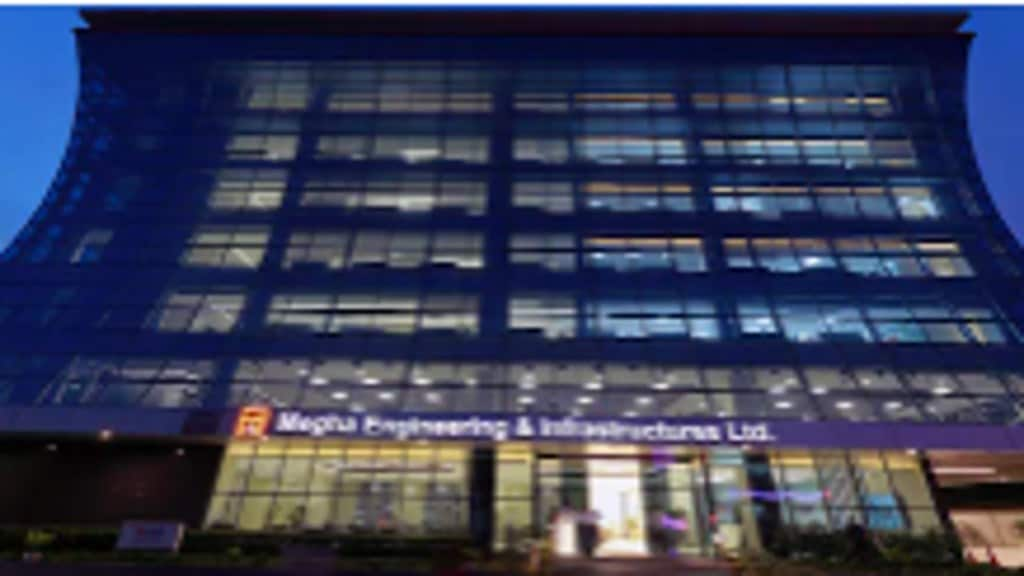Apart from a vote of confidence for India as an investment destination, the return of some marquee global firms — Ford Motor and Carrefour are the latest — shows companies should never act in haste and blindly follow the template of their parents. Patience and careful navigation of a country’s policies have anyway done a lot of good for many multinationals operating in India. Their return also holds an important lesson for the government as well — policies must be flexible so that India’s attractiveness can be reinforced continuously.
Prior to Ford and Carrefour, there have been some other notable re-entries into the country. Harley Davidson, and fast-fashion brand Shein are examples. Barring perhaps Shein, which was banned in 2020 at the height of India-China clashes, the exit of other companies were either due to policy irritants or their products not clicking in the domestic market. Carrefour entered India in 2010 in the hope that global firms would be allowed to set up 100% subsidiaries for multi-brand retail. With that not happening, it had to run cash-and-carry format stores, which did not meet its ultimate goal, so it exited the market in 2014. It’s now coming back through a franchise partnership with Dubai’s Apparel Group.
Similarly, Ford Motor, which entered India way back in 1995, decided to exit in 2022 mainly because its products could not achieve volumes in the domestic market. It’s now coming back and plans to make electric vehicles at the same plant, for exports to Southeast Asia. Harley Davidson, which entered the country in 2011, decided to exit in 2020 mainly because custom duty on importing fully built bikes was as high as 50%. It returned in 2023 with a tie-up with Hero MotoCorp, and now its bikes are assembled in India, thus doing away with the high custom tariff problem. Shein came back with a licensing partnership with Reliance Retail, wherein the control of the company is with the latter.
What’s clear in all these cases is that the companies should have thought twice before quitting in a tearing hurry. They failed to see that India could emerge as a global value chain which could be used for both domestic as well as export markets. Apple did that well, and so did Walmart. The latter entered India around the time Carrefour did, faced the same obstacles, but much later acquired e-commerce firm Flipkart, and is highly successful. True, foreign direct investment in multi-brand retail did not happen but the same works fine in marketplace e-commerce. And the franchise model was always there.
The government also realised that it needs to engage more with the companies concerned and convince them that it does offer a conducive business environment. The government belatedly realised that global firms do face higher business costs in India compared to countries like China or Taiwan, or Southeast Asia, and brought in various incentive schemes. It also seems to have realised that countries need to compete for attracting investments. And within the country, different states need to compete. The return of Ford, for instance, has much to do with the Tamil Nadu government’s efforts. Look at the way the southern states are competing to get Apple’s contract manufacturers to expand their base in their regions. A similar competition is on for getting semiconductor plants. Businesses and governments can produce optimum results if there’s perfect coordination and understanding between them.


